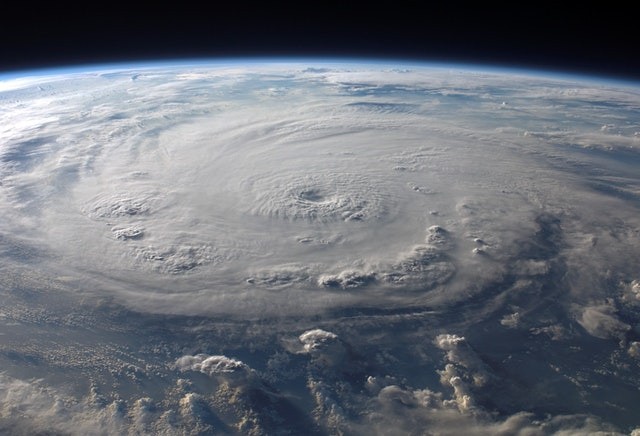Scientists at Arizona State University and the School of Earth and Space Exploration are currently investigating two gigantic blobs located in the mantle of Earth. These blogs are also called "Large Low Shear Velocity Provinces or LLSVPs, for short.
As a report from the Play Crazy Game website specified, Earth, "one under Africa," and another under the Pacific Ocean, to understand more about it.
Here's what exactly they are ---gigantic bubbles in the Earth's mantle live up to how they are described, both are roughly the size of an average continent and are approximately a thousand times higher than Mount Everest, also known as the "tallest mountain on Earth."
Several studies have already been carried out on them. However, few have produced very convincing information that it's known that they are "malleable and their shapes" are unpredictable and complicated. However, it's unknown how they were created or reached their present form.
ALSO READ : Volcanoes That Ignited End-Permian Mass Extinction 250 Million Years Ago Added with Contributing Factors

The Two Giant Bubbles
The congenital bubbles or LLSVPs positioned in the mantle of the Earth still intrigue many scientists who continue to investigate their role and their impact on events like eruptions or earthquakes.
There are several theories on this, as well. A 2021 study, conducted by Qian Yuan of the university in Arizona specifies that "they must be remnants of the collision of photo-Earth against Thea," the space body that crashed into the Earth and supposedly formed the moon.
Now, the same researchers launched new research published in Nature Geoscience, where they employed geodynamic modeling based on past research to develop an analytical model of LLSVPs, acquiring more information through replicated observation.
The two scientists were able to unveil some additional information. Specifically, the heights of both mantle bubbles rely on the material's viscosity around them and their respective densities.
For instance, this is why the Africa bubble is roughly 1,000 kilometers higher than its oceanic counterpart, although the Pacific bubble is older and more stable.
'Ring of Fire'
Yuan explained that their computations specify that the initial volume of the bubbles does not impact their heights. Li added, "African LLVP has not had more recent growth within geologic time." This may explain East Africa's intense volcanism and higher topography, as explained in a related Brytfmonline report.
In practical terms, since Africa's bubbles are more unstable and younger, it makes sense that the African terrain on top of it would suffer from more severe changes in topography.
Meaning, volcanism, earthquakes, and all the geological occurrences can have an added effect on the region; the increase in the size of the gigantic bubbles in the mantle of Earth is also associated with the tectonic plates' movements.
Li also pointed out that things are not simpler "on its sister," the Pacific Ocean is surrounded by a horseshoe-shaped area known as "Ring of Fire" that begins in the New Zealand area and goes all the way to the Peru-Chile submarine fault.
All things inside this "Ring of Fire" have high geological activity, like the recent Tonga explosion, which had a shock wave so powerful that its sound crossed the whole world twice in this site. The key details of the gigantic bubbles in the mantle of the Earth are still unknown, although the new research has shed more light on them.
Related information about the two giant bubbles is shown on The Vital Info's YouTube video below:
RELATED ARTICLE : Origin of Mysterious Black Glassy Rocks in Atacama Desert Found Through Clues Not From Earth
Check out more news and information on Geology in Science Times.
© 2025 ScienceTimes.com All rights reserved. Do not reproduce without permission. The window to the world of Science Times.












